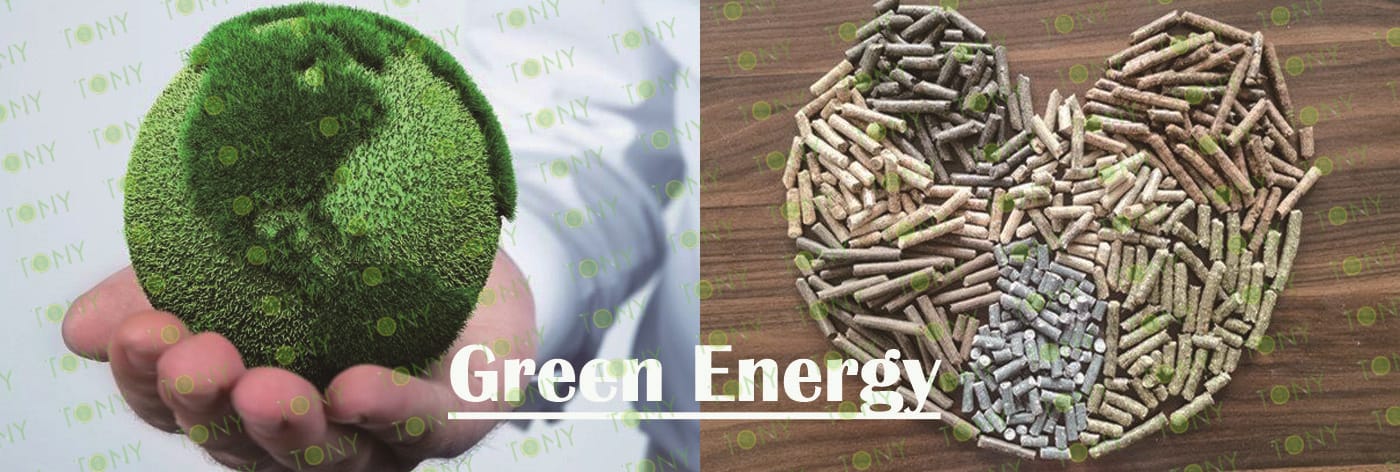Promote the utilization of biomass fuels, and agricultural and forestry waste is turned into treasure. Many people do not believe how these useless things become "treasures". Today we will take a look at how these waste wood, straw and peanut shells turn into treasure.
Biomass pelletizers use agricultural and forestry residues as the main raw materials, such as peanut shells, straw, rice husks, wood chips, etc. They are all waste herbs and woody resources in rural areas all year round. Although biomass fuel is not as calorific as coal and is not as easy to use as natural gas, under the policy of "carbon peak and carbon neutrality", coal burning pollution and gas burning costs money. Biomass fuel becomes an alternative energy source, which is a feasible route and is also in line with the sustainable development route.
Biomass energy is one of renewable energy. This is a global consensus that accelerating the utilization and promotion of biomass fuels will have a positive effect on improving the atmospheric environment.

The energy utilization of waste straw not only solves the problem of crop straw burning, but also provides environmentally friendly fuel instead of coal, solving the problem of coal pollution. With the expansion of the scale of agricultural production, the utilization rate of forestry waste such as straw, forest logging, and wood processing is less than 10% each year. A large amount of agricultural and forestry waste resources provide us with rich resource guarantees for vigorously developing clean energy such as biomass fuel.
Rice husks can be processed into rice husk particles, straws can be processed into straw particles, and waste wood can be processed into mixed wood particles, including bamboo, alfalfa, cotton poles, etc. These are all one of the raw materials for biomass fuel.
Promote the utilization of biomass fuels, and agricultural and forestry waste is "turned into treasures". These once useless waste wood, straw and peanut shells are no longer waste.





















